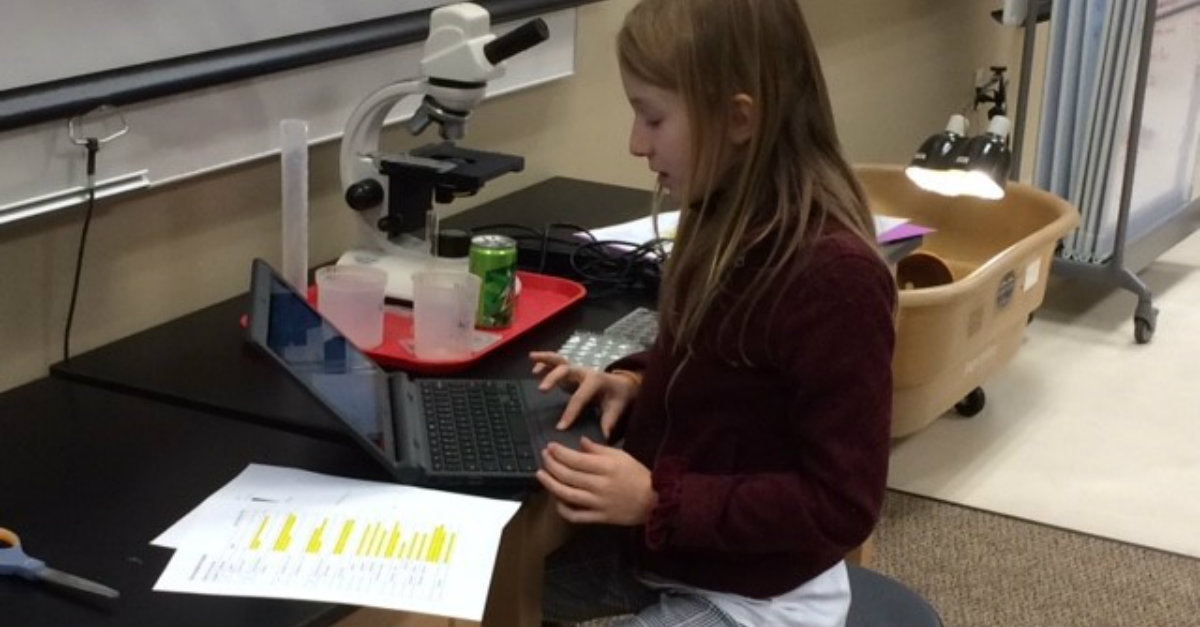There’s an infamous scene in the movie Ferris Bueller’s Day Off where a bland, monotoned teacher tries to explain a piece of American history to an almost comatose classroom of students. As he makes his way through the canned lecture, he occasionally pauses to ask, “Anyone? Anyone?” before moving on without comment. It’s a perfectly awful moment that’s bound to make educators cringe. The bored students, the flat delivery, the lack of any meaningful engagement, it’s a teacher’s worst nightmare. Yet, buried beneath these is another problem which frequently does more damage: the lack of real questions.
We Need Curious Classrooms
Consider this for a moment. In your classroom, who asks more questions, you or your students? Honestly. We may want an inquiry-based classroom where curious students learn through investigation and problem-solving, but our intentions frequently get overwritten by years of conditioning and testing protocols. Eventually, both we and our students fall back into old habits.
Even when we know it should be the other way around, most classrooms see teachers asking the questions while students refrain from speaking. Often they fear their questions will be interpreted as a failure to grasp the material. Since the teacher is the one with the material, she imparts that knowledge to the students and then asks a lot of questions to check for understanding. When students answer incorrectly, she may correct or reteach. When they answer correctly, she moves on.
That’s Not How We Learn
There are 3 huge problems with this model:
- When students answer correctly, they are not demonstrating understanding. They are merely demonstrating recall. There’s a big difference. Recall can be useful for a test at the end of the unit, but it does nothing for building foundational knowledge – a solid schema upon which to attach future learning, make connections, apply skills, and analyze information. If your goal is a good grade, recall is fine. If your goal is learning, it falls woefully short.
- This model strips the teacher of all the power and influence their role affords her. If one wanted to make an argument that teachers are obsolete, that the internet can replace instruction and teaching, this model would support their argument. The questions asked are the same type which students find in their textbooks and on a myriad of worksheets. If you want to make yourself relevant, to harness the elements of your job that make it the most important profession in the world, you must ask questions that no one else could. Ask how something connects to what they did in another part of the day. Share your story in relation to the learning so they connect emotionally.
- Bottom line, the one asking the questions is the one doing the learning. Questions asked in order to produce a correct answer do not generate learning. Questions asked out of curiosity generate learning. If you impart only enough information to make them curious, they will then produce the questions.
Time to Change Things Up
So, let’s return to the original question. In your classroom, who asks more questions, you or your students? As much as we want to answer “the students” this is rarely the case. So, take on this challenge for one week. Replace recall questions with genuine connection. Impart curiosity instead of content. Strive to have your students asking more questions than you. Give it a try. Let us know how it goes!

